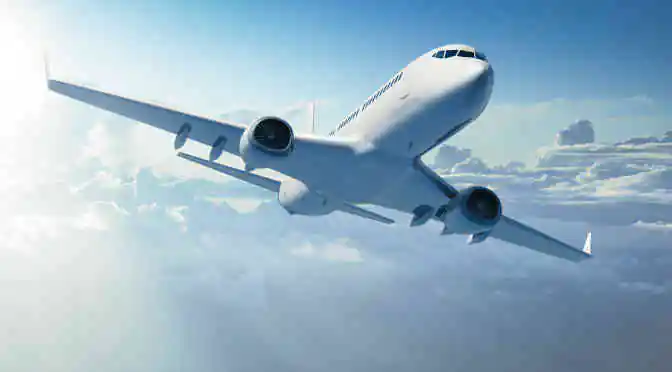According to our latest research, the global military support vehicles market is expected to reach $3.43 billion by 2019, an increase of over $400 million from 2014. The rising tension between countries in the Middle East and the Americas, border disputes in the Asia-Pacific (APAC), and increasing incidences of terrorist activities have led to increased demand for modernized systems and technologies that can be put to use in the defense sector.
Military support vehicles perform support mission tasks. These vehicles are categorized into three types:
- Heavy vehicles (46% market share): These are capable of carrying payloads that weigh more than 10 tons. These include the family of heavy tactical vehicles (FHTV), heavy equipment movers, and wheeled tank transporters.
- Medium vehicles (35% market share): These can carry payloads like the family of medium tactical vehicles (FMTV) and transport cargo that weighs 2.7 to seven tons. They are also used to carry troops across dangerous areas.
- Light vehicles (19% market share): These can carry less than two tons of payload and five to six personnel.
Defense budget cuts slowing growth in the Americas
North and South America make up 50% of the global military support vehicles market, largely due to the United States. In 2011, the United States spent more on military and defense than the 13 next highest spending nations combined. However, the America’s region is currently experiencing sluggish growth due to defense budget cuts from many countries including the United States.
In 2013, there were 45 brigade combat teams (BCTs) in the Americas, which included 552,100 soldiers. By 2015, it is expected to have 32 BCTs, which includes 490,000 soldiers. This number corresponds to a reduction of 11% in troop numbers and 29% in BCTs.
US army budget, 2003-2014 ($ billions)
Source: Technavio 2015
Even though the United States spends far more on military and defense than any other nation, in terms of military expenditure percentage of GDP, they don’t even rank in the top 25.
Countries by Military Expenditures (% of GDP) 2014
via chartsbin.com
Large growth expected in APAC
The global military support vehicle market is growing the fastest in the APAC region where the growth is six times larger annually than in the America’s. Emerging markets such as China, Japan, and India are continuously increasing their defense budgets year-on-year for enhanced national security.
In 2014, the defense budget of China was $131.5 billion, which showed an increase of 12.2% from that in 2013. India is the largest defense importer and accounts for 15% of the global deals in this sector.
In 2012, Australia was the third largest contributor to the defense budget in APAC. The Australian army has plans to acquire 1,800 lightweight trailers, 2,000 lightweight security vehicles, and more than 400 armored medium and heavy vehicles.
In 2012, Singapore’s defense budget was $9.53 billion. The country is focusing on the development of modern military equipment. The army also has plans for the acquisition and replacement of its existing vehicles with light vehicles such as the M113 Armored Personal Carrier and the Bionix armored fighting vehicle (AFV).
In 2014, India’s defense budget was $40 billion, which was approximately 7% higher than that in 2013. This step was taken for the development of army forces such as ground vehicles and their equipment. In 2015, Tata Motors received an order worth $136 million for the development of 1,200 multi-axle trucks, which will be used for the transportation of spares, ammunition pallets, and other equipment. In addition, the Indian Army ordered 2,071 Maruti Suzuki Gypsy vehicles, which can act as all-purpose vehicles.



